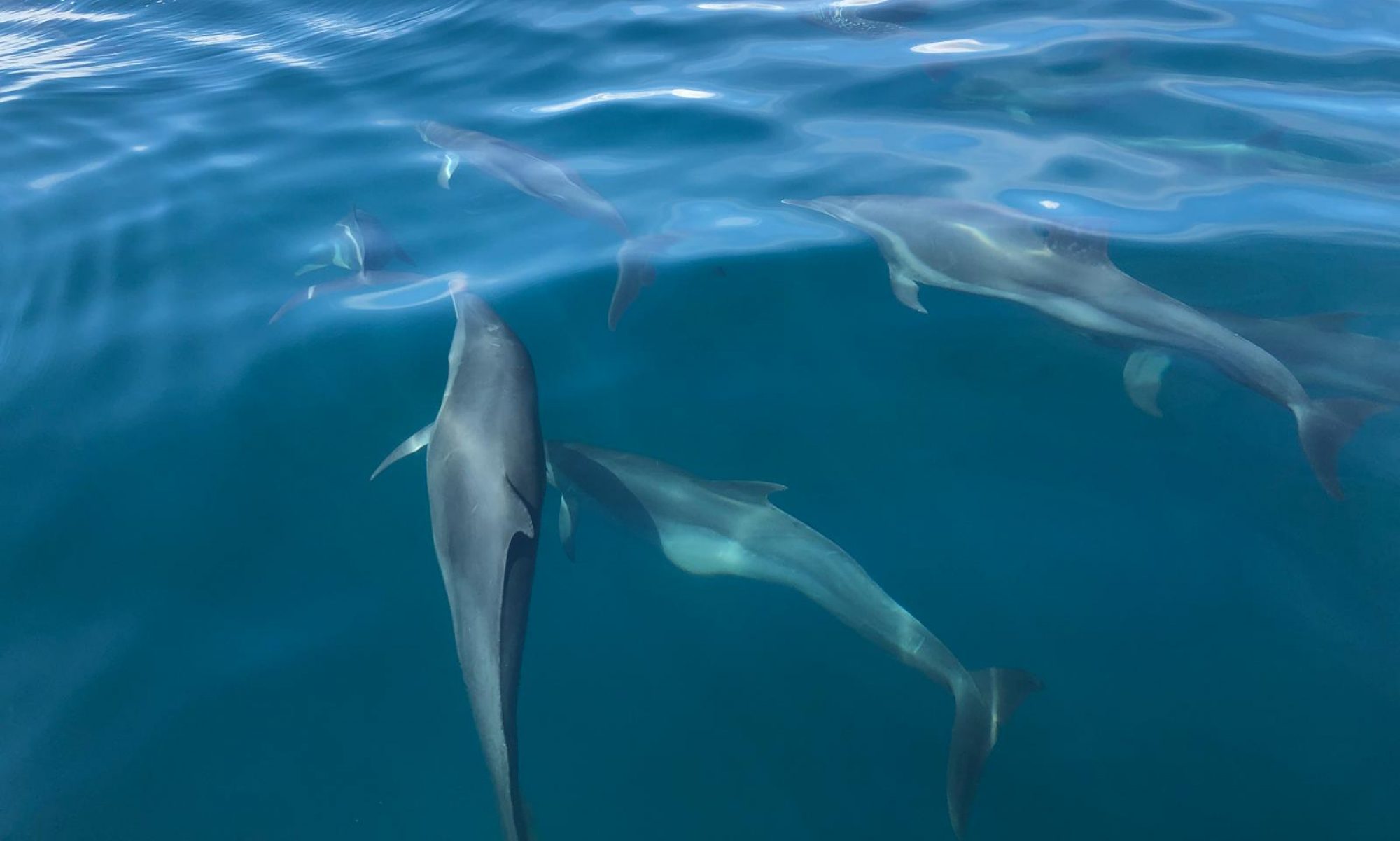
These days, a lot of whale watching companies label themselves as “green” or “eco-friendly.” For many of these businesses, these are just catchphrases they toss around to keep customers and environmentalists happy.
So how do you separate the not-so-green from the truly green whale watching companies? By asking the right questions.
- Do they follow guidelines for responsible whale watching?
When boats get too close to the whales, approach too quickly or make too much noise, they may cause the animals unnecessary stress. In some cases, these actions can cost the whales their lives.
That’s why all whale watching companies (and recreational boaters!) must follow a strict set of guidelines that protects the overall health and long-term sustainability of whales in Costa Rican waters.
- Are they also environmentally responsible on land?
If a company says they’re eco-friendly, then they should be environmentally responsible in all areas of their business. For whale watching companies, that means they should be as low-impact on land as they are on the water.
So, ask if their daily operations contribute to a greener planet. Look for things like recycling, composting, eco-friendly cleaners, and sustainably made uniforms.
- Are their boats specially designed to minimize the impact on the environment?
It’s not enough just to follow guidelines for responsible whale watching. The company should also operate boats that are environmentally friendly and that pose no threat to the whales or their habitat. Ask if their boats have:
A hull design that leaves a much smaller wake (wave). This reduces shore erosion and improves fuel efficiency
An above-water exhaust system that provides a more quiet environment for marine mammals
4-stroke engine technology that consumes less fuel and oil
- Are they carbon neutral?
When a business is carbon neutral, they remove just as much carbon dioxide from the atmosphere as they put in.
To become 100% carbon neutral, the business must first establish a baseline for their emissions. Then, they must find ways to counteract these negative effects on the environment.
The most common way to achieve this is to reduce emissions as much as possible through efficiency retrofits and upgrades, then balance the rest by purchasing “offsets.” These carbon offsets are financial investments in new technologies that measurably reduce greenhouse gas emissions that would have otherwise occurred.
Here at Changing Tide tours, our commitment to the environment has been in place since our conception. We go above and beyond to protect our marine ecosystem for generations to come! You can read more about our conservation initiatives or you can book a tour to experience it firsthand!
